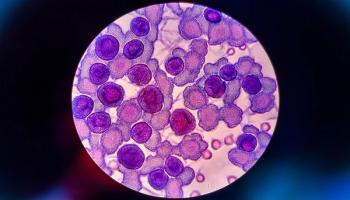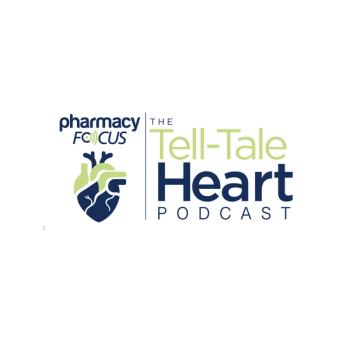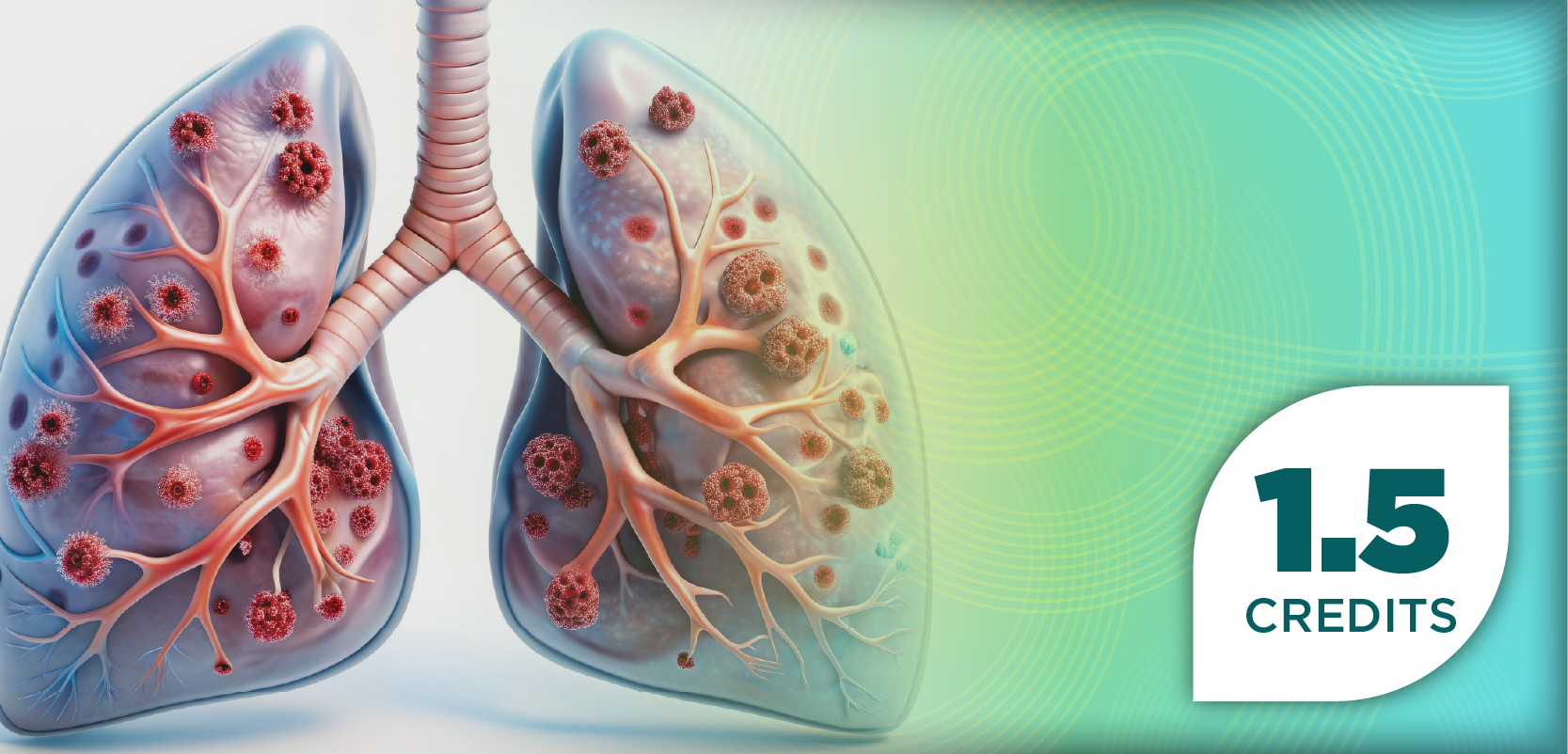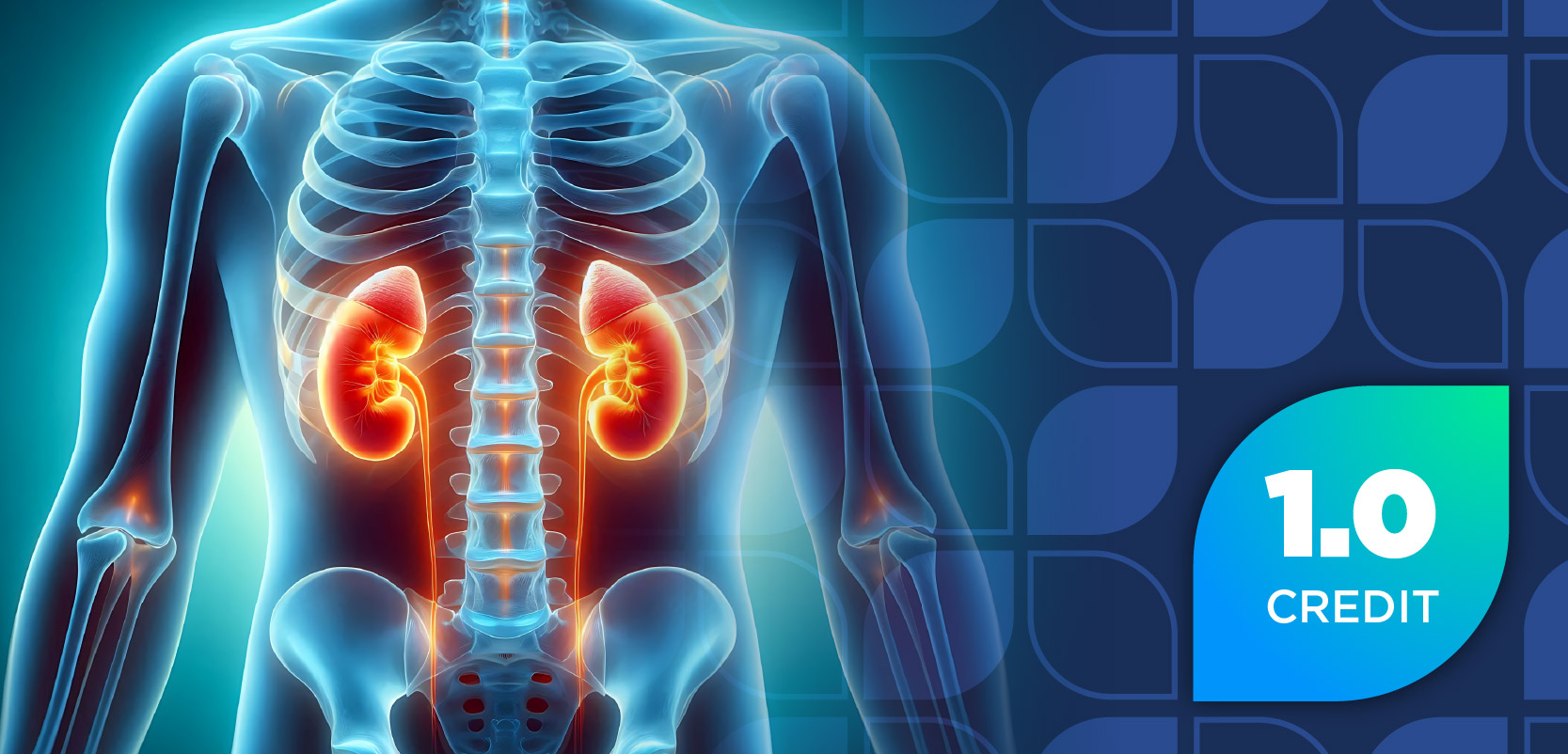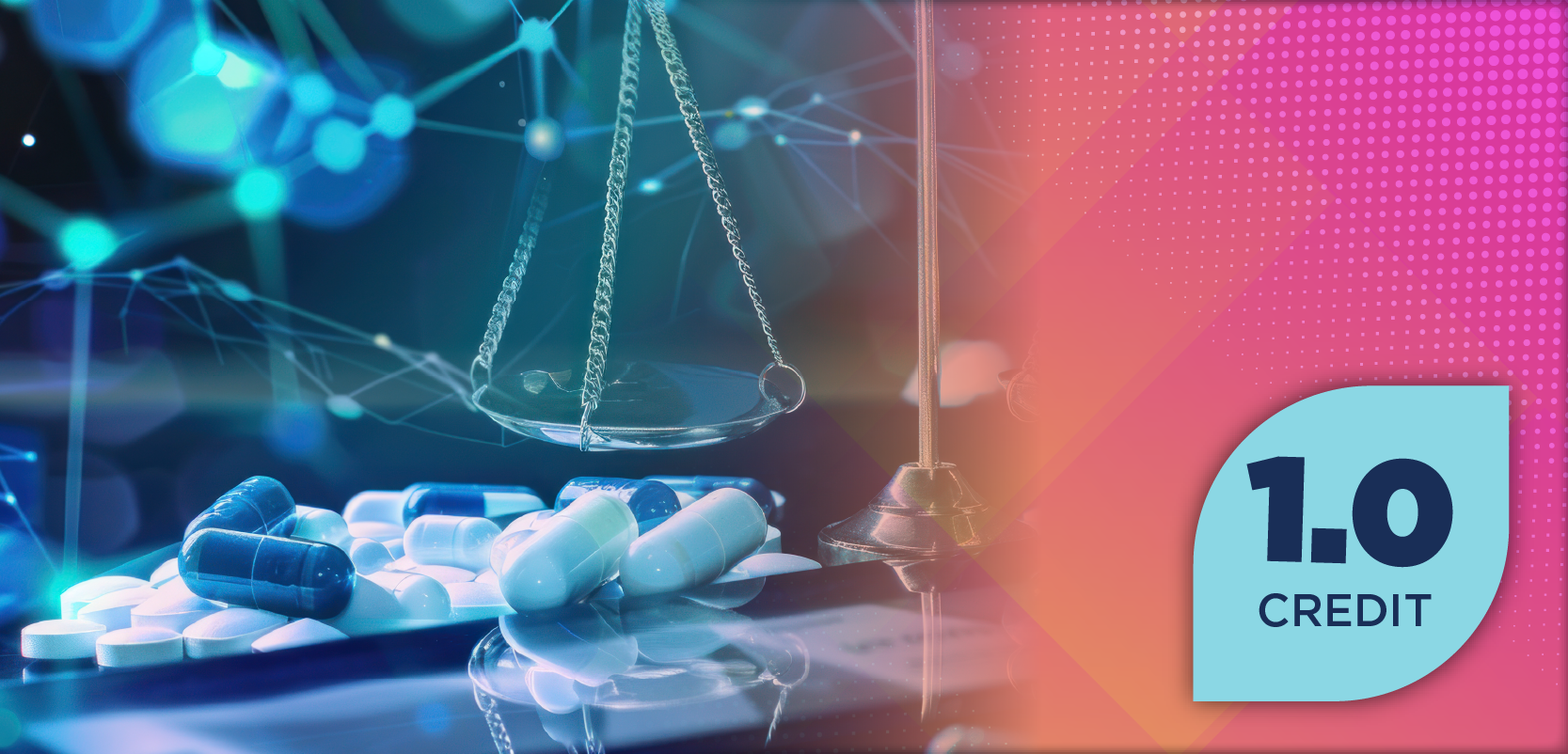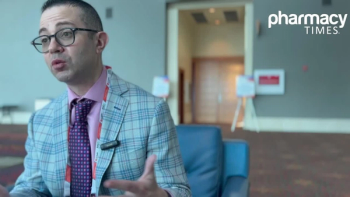
When Cigarettes Were Medicine: Looking Back on a Popular Asthma Treatment
A discovery at a pharmacy led to a jarring investigation into the past use of cigarettes as a means of treating asthma.
Back when I was a pharmacy intern at a family-run pharmacy near my school, I learned a different aspect of the life of an independent pharmacist and what pharmacy practice used to look like.
The pharmacy itself was rustic and had many items left over from a bygone era: typewriters, old compounding supplies, and pharmaceuticals that are no longer used. If you keep in mind that this pharmacy had been around since the previous century, you start to find interesting products.
One item that caught my attention was Page’s Inhalers. When I first saw them, I thought they were just cigarettes; however, upon closer inspection, I was confounded. They were medicated cigarettes meant for “the temporary relief of paroxysms of asthma…hay fever, and simple nasal irritations.”
The directions are jarring: “Exhaust the lungs of air, then fill the mouth with smoke and take a deep breath, drawing the smoke down into the lungs. Hold a few seconds, then exhale, through mouth and nostrils. Prescribed dosage 4 a day.”
In an era when electronic cigarettes are all the rage, it is interesting to find a product from the mid-1900s meant to treat asthma yet formulated as a cigarette. However, closer inspection of what was in the product provided some revelation.
While we no longer see several of the ingredients in active practice, they were rather prevalent in past pharmaceuticals. Those ingredients include stramonium leaves, tea leaves, chestnut leaves, gum benzoin, and kola nuts. The active ingredient in Page’s Inhalers that could most likely lead to some respiratory relief is the stramonium leaves. A product that has been around for centuries in traditional medicine, stramonium exhibits anticholinergic pharmacological qualities, which would explain the benefits in the limited relief of asthma exacerbations.
In some ways, the use of stramonium is a precursor to our modern tiotropium and ipratropium products used in respiratory illnesses. If you are curious about this topic and would like to read about it further, I would recommend the articles "
As the modern practice of pharmacy moves away from its compounding past by primarily using manufactured agents, it is interesting to look back on our so-called roots, during which the apothecary, chemist, and druggist relied on products that might seem completely out of place today. We have come a long way, and it will be even more intriguing to see what the future of pharmaceuticals has in store for pharmacy practice.
Newsletter
Stay informed on drug updates, treatment guidelines, and pharmacy practice trends—subscribe to Pharmacy Times for weekly clinical insights.



